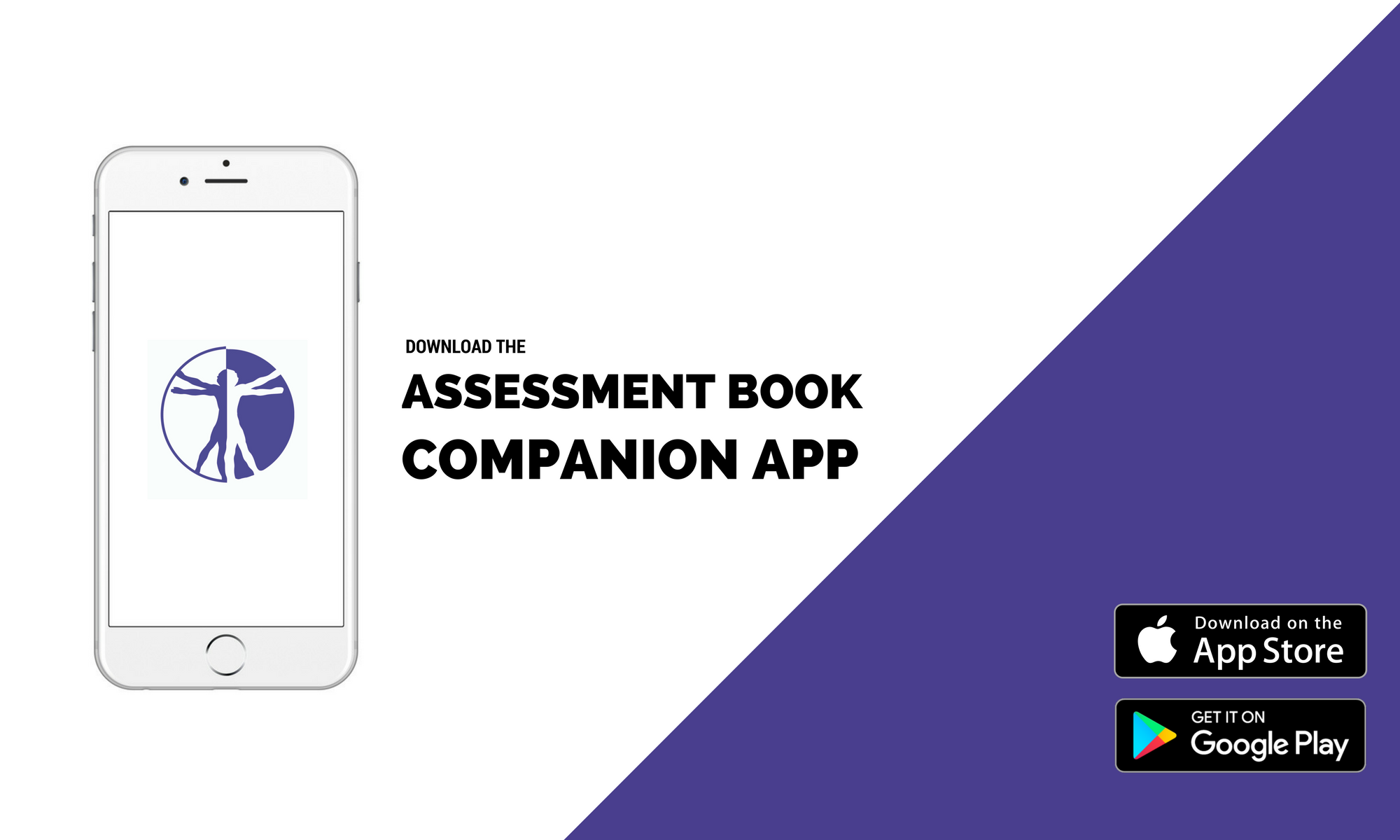Execution in 4-point kneeling
- Patient is in 4-point kneeling position with a neutral spine and relaxed belly after a deep exhalation
- The patient is then asked to pull in the belly while holding the breath for a maximum of 10 seconds
- One set will count 10 reps of 10 seconds, which can then be progressed to 3 sets of 10 reps with 90s break between sets
Positive Outcome: The patient is not able to draw in the belly for 10x10s
Execution in prone position: Transverse abdominis function
- Patient is in prone position with the PBU placed under the abdomen
- The examiner inflates the pressure cuff to 70mmHg
- The patient is asked to exhale and to then try to draw-in the lower part of the belly and hold the contraction for 10 seconds while stopping to breathe
- Repeat this maneuver 10×10 seconds
Positive Outcome: The patient is not able to lower the pressure during the abdominal draw-in maneuver from 70mmHg to 66-68mmHg or compensates by the use of the obliques, which might result in a more marked pressure decrease
N.B. Prone position is most probably the most difficult position due to lack of afferent feedback for the musculature
Execution in supine position: Integrated Cylinder Function
- Patient is in supine position with the PBU placed under the lumbar lordosis at the height of L3
- The examiner inflates the pressure cuff to 40mmHg
- The patient is asked to exhale and then to try to draw-in the belly/navel and hold the contraction for 15 seconds while briefly stopping to breathe
Positive Outcome: The patient is not able to increase the pressure during the abdominal draw-in maneuver from 40mmHg to 42-44mmHg for 2 x 15 seconds or compensates by the use of the rectus abdominis, obliques, quadratus lumborum and latissimus which might result in a more marked increase in pressure, posterior pelvic tilt and lumbar spine flexion.
| Study |
Reliability |
Sn | Sp | LR+ |
LR- |
| Grooms et al. (2013): Supine |
NA |
22 | 77 | 0.94 |
1.02 |
| Costa et al. (2006): Prone |
Intra к = 0.58 |
NA | NA | NA |
NA |
![]()
